==================
Florida Splendors is supported by our audience. When you purchase through one of our links, we may earn a small affiliate commission. As an Amazon Associate I earn from qualifying purchases. Your cost is not affected.
It matters to watch out for jellyfish at the beach. Spending a day at the beach can be a great way to enjoy the outdoors, soak up some sun, and cool off in the water. Yet, remember that one of the hazards of a day at the beach is the risk of encountering jellyfish. Beaches often have these fascinating but dangerous creatures, and getting stung can be painful. You can take several steps to cut your risk of encountering jellyfish and getting stung. You can lessen your chances of getting stung by jellies by watching for them, learning about their habits, and taking safety measures by wearing protective gear, employing jellyfish nets, and staying away from the water during the jellies season.
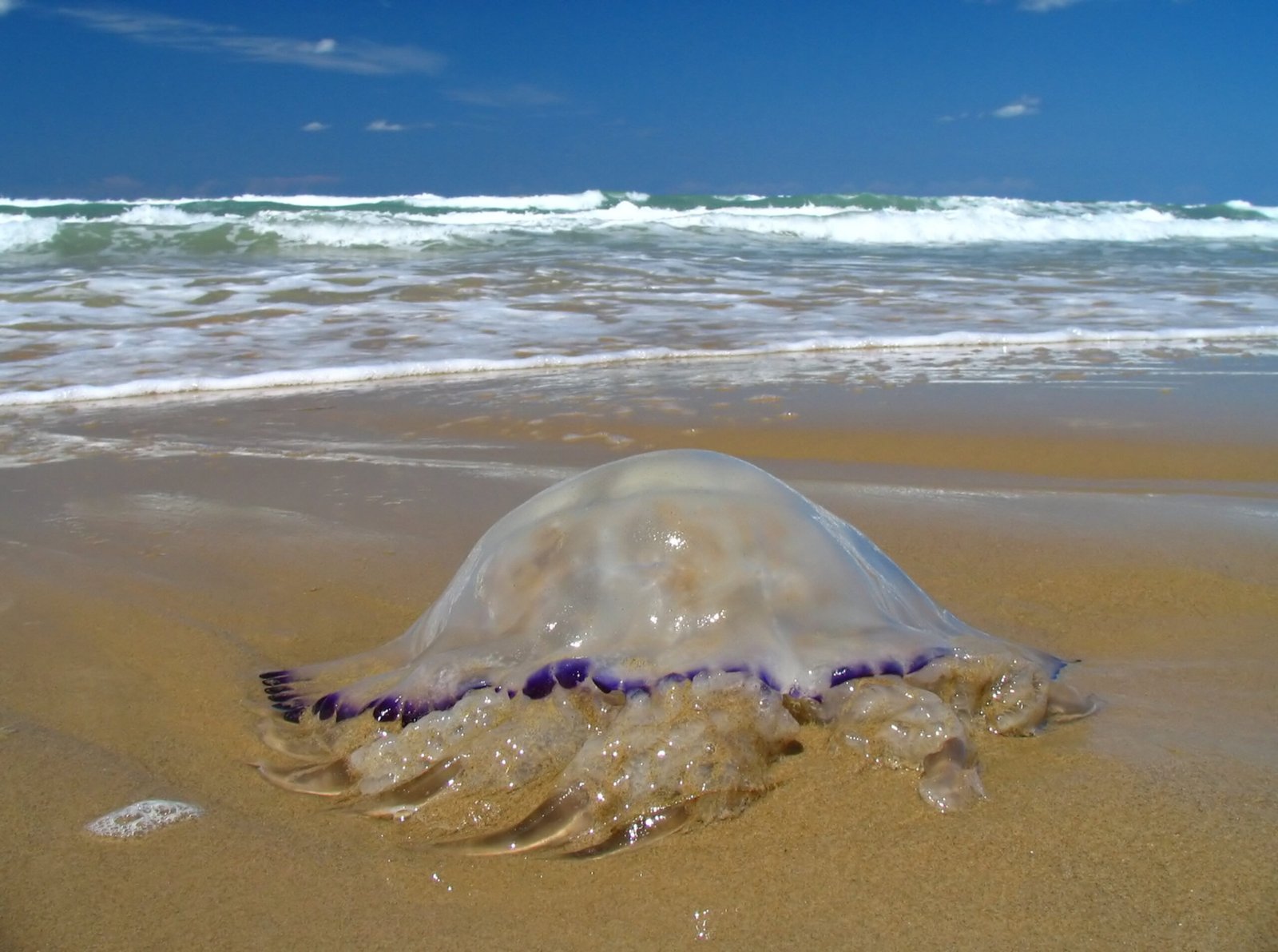
In this guide, we’ll explore some of the most effective ways to avoid these jellyfish at the beach. We’ll cover the basics of jellyfish biology and behavior. We’ll also provide tips for identifying different types of jellyfish and treating stings. In this guide, you’ll know how to stay safe and have a good time at the beach, even if jellyfish are around. Read to learn more about avoiding these sea creatures and making the most of your time in the water. So whether you’re a seasoned beachgoer or planning your first beach outing, go on!
Jellyfish are incredible creatures that have been around for millions of years. The world’s lakes and seas have over 2,000 distinct types of jellyfish. While jellyfish come in various shapes and sizes, they all have a similar body design. Their name comes from their delicate, bell-shaped bodies composed of a gelatinous substance. Jellyfish are Cnidaria species, including corals, marine anemones, and hydroids. They are also known as sea jellies or medusae. Jellyfish have tendrils, oral extensions, and bell-shaped bodies. A medusa is a jellyfish’s bell-shaped structure. It is the most recognizable part of the jellyfish because it floats in the water. The medusa contains the jellyfish’s digestive system, reproductive organs, and nervous system. Tentacles are long, slender, and flexible structures extending from jellyfish’s medusa. The tentacles contain venomous cells known as nematocysts for defense and prey capture. When a jellyfish perceives a threat, it will discharge its nematocysts. It is capable of delivering a painful wound.
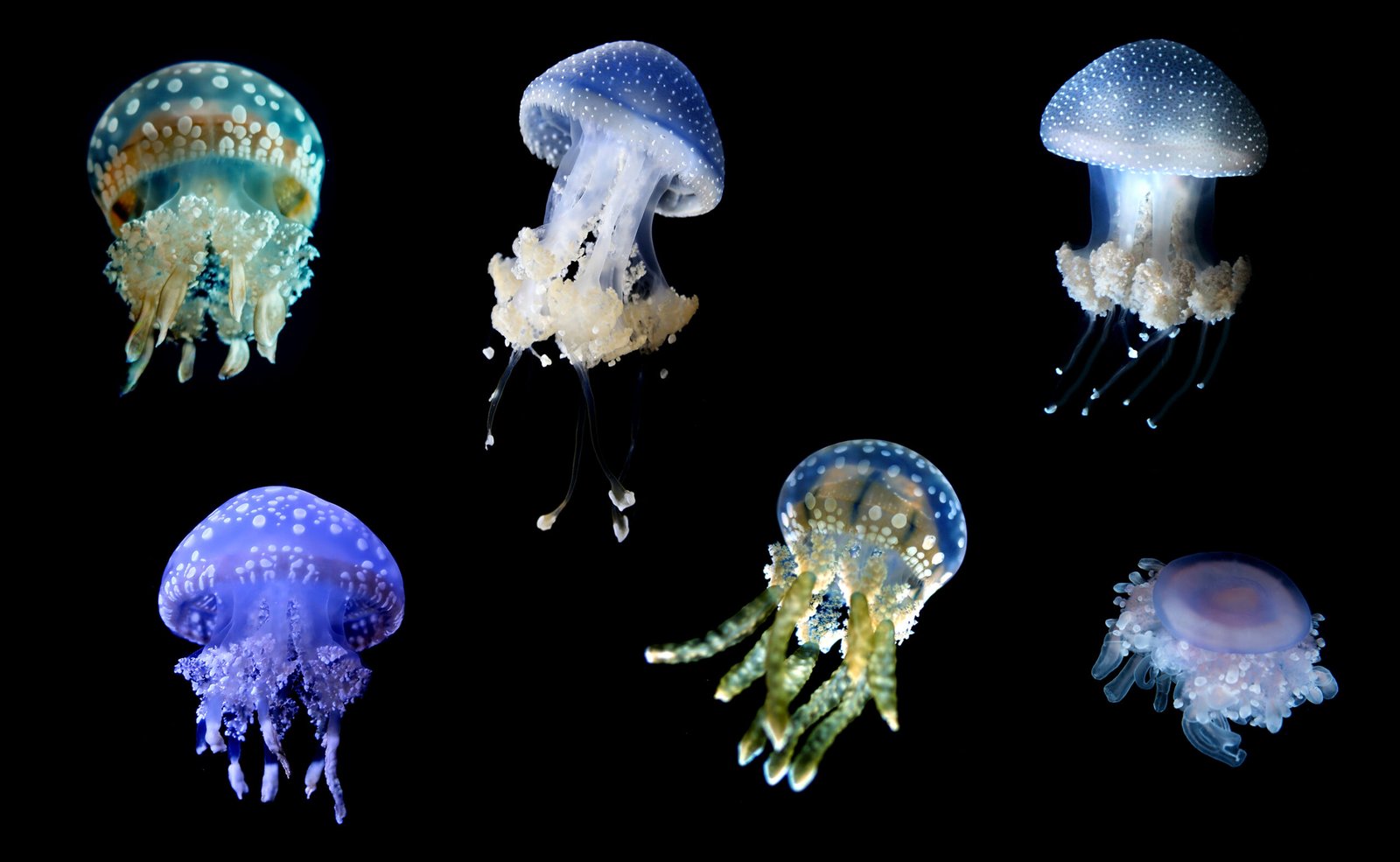
Many jellyfish at the beach also have oral arms to tentacles. These structures protrude from the medusa’s underside. It conveys food to the jellyfish’s mouth. Despite lacking brains and other complex organs, jellyfish can swim well. Their bell-shaped body pulses water to propel them through the ocean. Jellyfish are fascinating and deadly organisms. Knowing how to recognize and avoid jellyfish is essential if you intend to spend time in the water. You can lower your risk of getting hurt and spend a day at the beach by taking the necessary measures.
Different Species of Jellyfish at the Beach
Jellyfish identification can be difficult due to their diverse sizes, shapes, and hues. We need to recognize jellyfish because their stings can be agonizing and hazardous. Here are some of the most frequent species of jellyfish you may encounter at the beach:
- Box jellyfish: This is one of the most lethal species of jellyfish—the waters surrounding Australia and the Pacific habit other regions of the globe. The box jellyfish bell is cube-shaped, and its tentacles can extend up to 3 meters long. Transparent, they are challenging to detect in the water.

- The Portuguese Man O’ War. It is not a jellyfish but a type of siphonophore, a colony of specialized polyps. They are prevalent worldwide in tropical and subtropical waters. It is a distinctive blue, purple, or pink gas-filled bladder of the Portuguese man-o’-war. It floats on the water’s surface, and its tentacles can extend up to 30 meters.
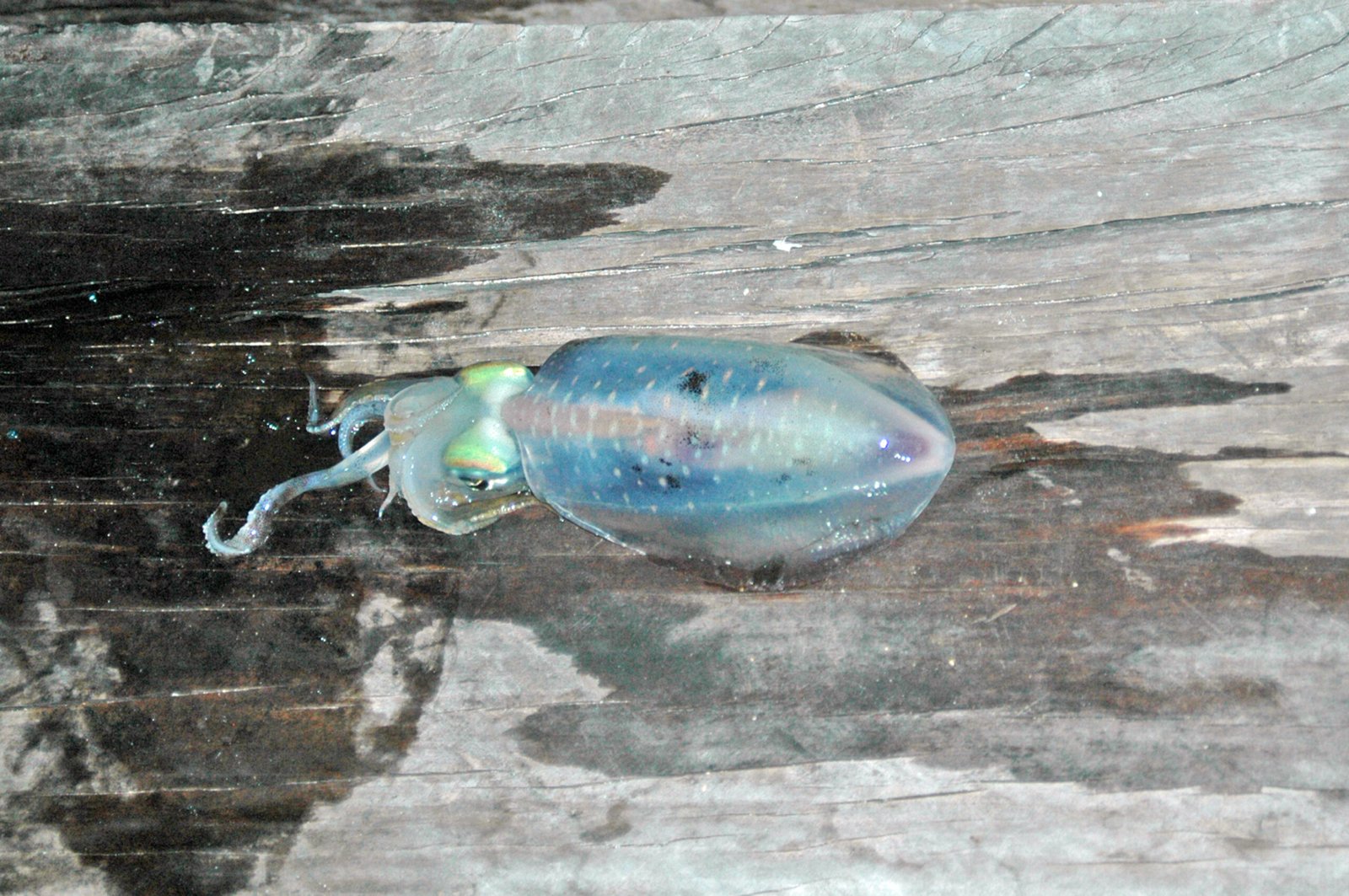
- Lion’s Mane Jellyfish. Its location in the northern Atlantic and Pacific Oceans makes it particularly cold. They have a large, bell-shaped body with a diameter of up to 2 meters long. It has lender tentacles that can reach lengths of up to 30 meters. Lion’s mane jellyfish are color red or tawny in hue.
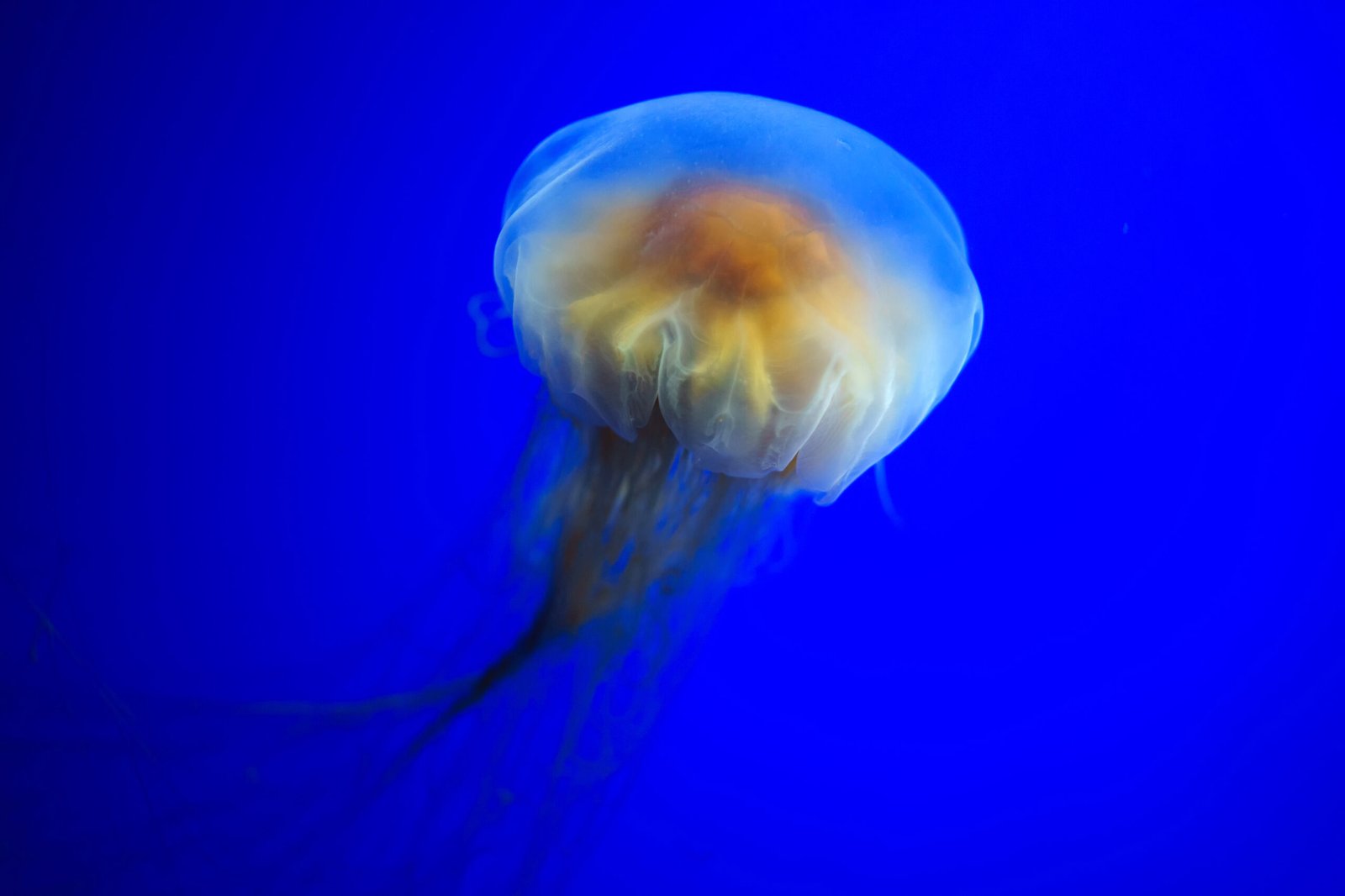
- Sea Nettle Jellyfish. The waters along the eastern coast of North America contain sea nettle jellyfish. They have a bell-shaped body with a diameter of 40 centimeters and long. It has slender tentacles that can reach a length of 3 meters. , sea nettle jellyfish are brown or reddish.
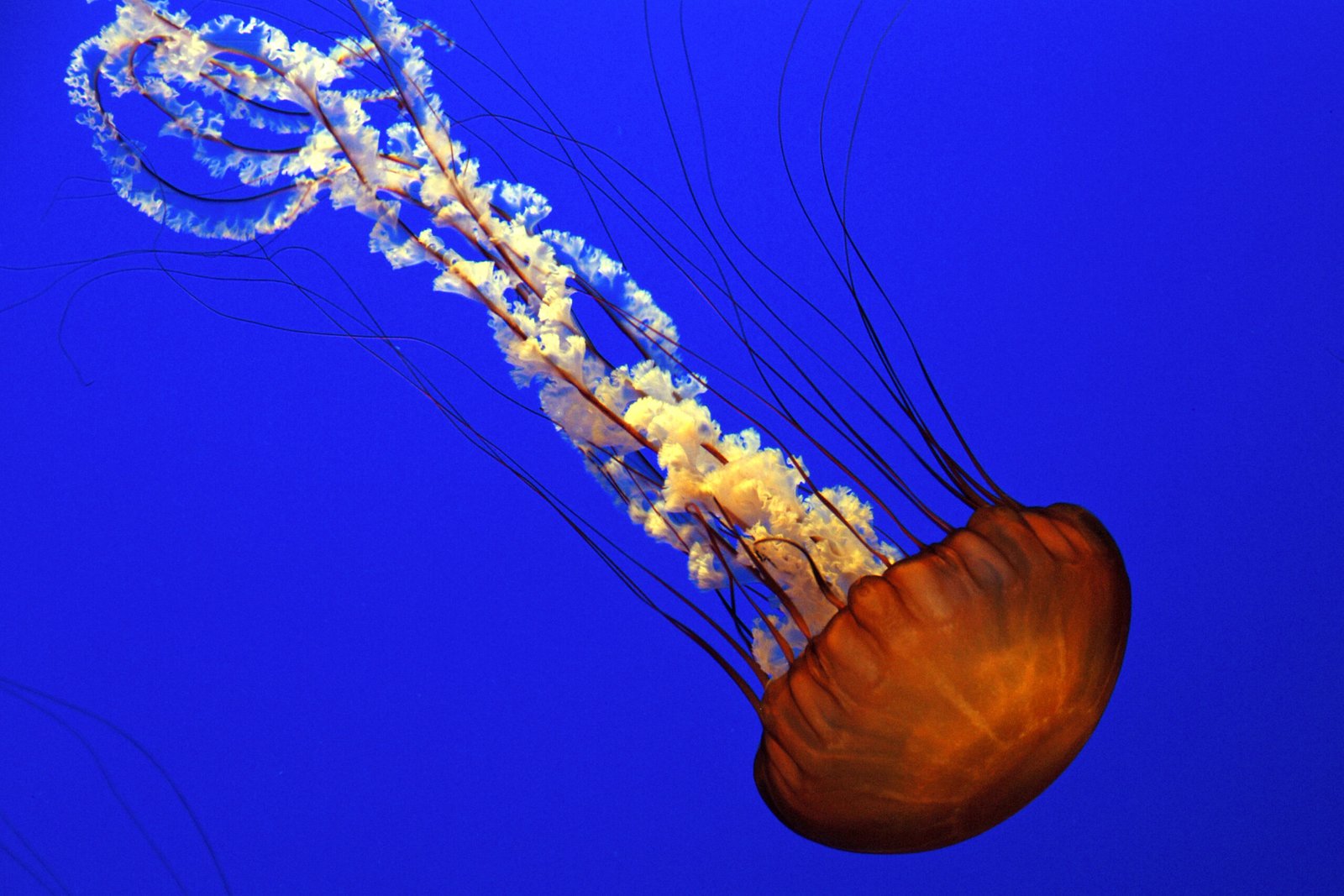
Jellyfish are dangerous, so avoiding any aquatic creature, you’re still determining is best. Since jellyfish attacks can be painful or life-threatening, avoiding them is best.
How to Prevent Jellyfish at the Beach Attack
Taking precautions can lower your risk of jellyfish strikes at the shore. Here are several of the most effective strategies for avoiding jellyfish:
- Checking beach conditions in the area. Check the local weather and beach conditions before visiting the shore. Many beaches will post warning signs if jellyfish are present in the water. Ask a lifeguard or a resident if you are still determining if jellyfish are in the area.
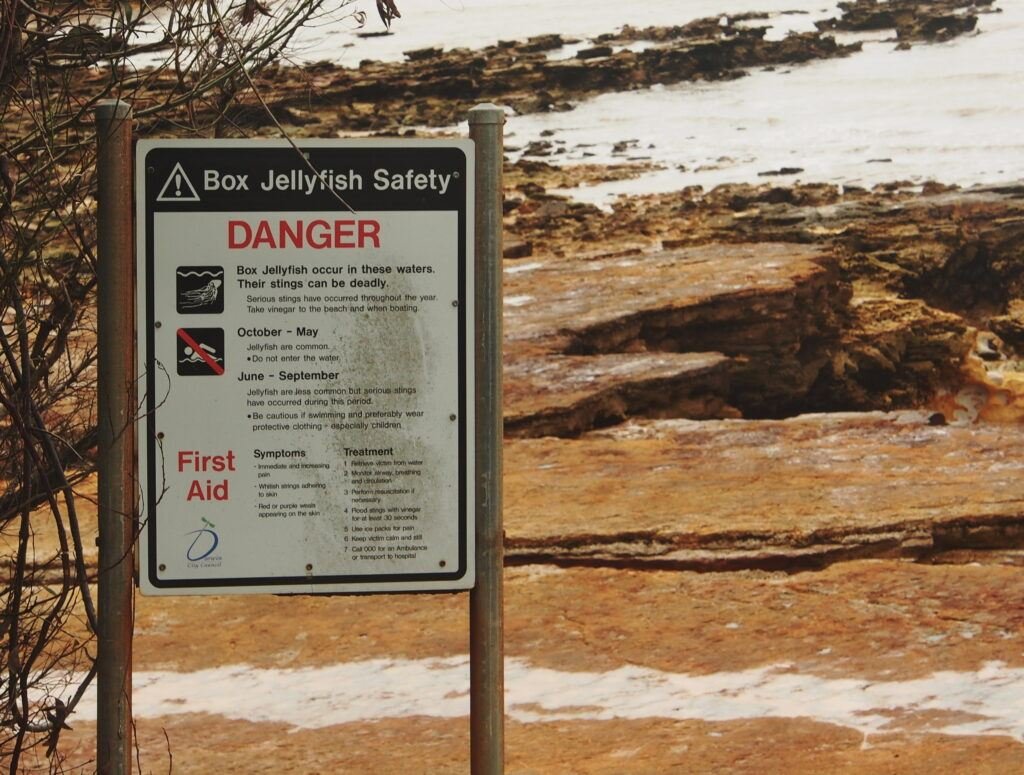
- Wearing protective clothing. Wetsuits and rash guards are good options for defense against jellyfish stings. These can protect against attacks. Additionally, wearing long sleeves and trousers can offer some protection.
- Using jellyfish nets. Some best beaches for swimming in Florida in 2023 may have nets to keep swimmers safe from jellyfish. These ropes put a barrier between swimmers and jellyfish. If you are in an area with a jellyfish, stay inside the net to lower the chance of getting hit.
- Avoiding jellyfish season. In some regions, jellyfish are more prevalent at certain year periods. Avoiding jellyfish season can reduce the likelihood of being stung. In many locations, jellyfish are most common during the summer.
- Using caution in the water: If you observe jellyfish, avoid swimming close to them. Do your best to avoid jellyfish if you care about staying alive.
If struck, exit the water and seek medical attention if necessary. Take these measures to avoid jellyfish strikes and enjoy a day at the beach.
How to Treat a Jellyfish Sting
To lessen pain and avoid complications, you must know how to treat jellyfish stings. Here are some measures to follow if a jellyfish stings you:
- Apply vinegar to the afflicted area as a rinse. Vinegar can assist in neutralizing the toxins released by a jellyfish injury. Rinse the afflicted area for at least 30 seconds with vinegar. If you don’t have vinegar, you can use salt instead.
- Remove all tentacles. If any tentacles remain on your epidermis, use tweezers or the edge of a credit card to remove them. Wear gloves or use a towel to shield your hands from blows.
- Soak the affected area in hot water. Soaking the injured area in hot water reduces pain and removes tentacles. Soak the affected area for at least 20 minutes in warm water.
- Take nonprescription pain relievers. If you are in pain, pain relievers like ibuprofen and acetaminophen can help.
- Get medical care if necessary. In certain instances, injuries from jellyfish can be severe and need medical attention. Consult a physician if you experience any of the following symptoms:
- Difficulty in respiration
- Chest pain or discomfort
- Lip, tongue, or pharyngeal swelling
- Extreme discomfort or edema at the sting site
- Sickness or vomiting
Observing that someone may be allergic to jellyfish stings is also essential. If struck by a jellyfish, bring an epinephrine auto-injector and seek medical attention. There are ways to prevent and treat jellyfish stings, which can be painful and risky. If you know about jellyfish, wear protective gear, and know how to treat stings, you can enjoy a safe beach day.
Be Careful of Jellyfish at the Beach
A Few More Interesting Things
What's Inside
- FAQ
- Are there any signs that jellyfish are present when you go to the beach?
- How can I protect myself from getting hurt by jellyfish at the beach?
- When do you think you'll encounter the most jellies at the shore?
- To what extent should I panic if a jellyfish at the beach strikes me?
- How can I tell if my response to a jellyfish sting is allergic?
- Can I still enjoy myself at the beach if there are jellies around?
FAQ
Frequently Asked Questions
Are there any signs that jellyfish are present when you go to the beach?
When jellyfish are in the ocean, many beaches will use caution signage. Ask a lifeguard or local if you need clarification on jellies in the region.
How can I protect myself from getting hurt by jellyfish at the beach?
When jellies are in the area, taking precautions by donning a wetsuit or rash guards is a good idea. These provide defense from harm. Wearing long pants and sleeves is another preventative measure.
When do you think you'll encounter the most jellies at the shore?
There are times of the year and places when jellyfish populations explode. Stay away from the water between May and September. It lessens your chances of getting stung by a jellyfish. In the summertime, you’ll see the most jellyfish, which is true in many regions.
To what extent should I panic if a jellyfish at the beach strikes me?
Take over-the-counter pain medications. Visit a doctor if the pain persists despite rinsing the afflicted region with vinegar or saline and removing any tentacles.
How can I tell if my response to a jellyfish sting is allergic?
A serious allergic response to a jellyfish attack can lead to painful effects. Symptoms include trouble breathing, chest pain, swelling, dizziness, vomiting, confusion, or fainting. If you’re allergic to jellyfish, carry an epinephrine auto-injector and seek medical attention.
Can I still enjoy myself at the beach if there are jellies around?
To enjoy the beach while being cautious of jellyfish is workable. Wearing safety gear, staying in designated netted areas, and watching for jellyfish keep you safe. It can help you enjoy a day at the shore while minimizing your risk of injury.

